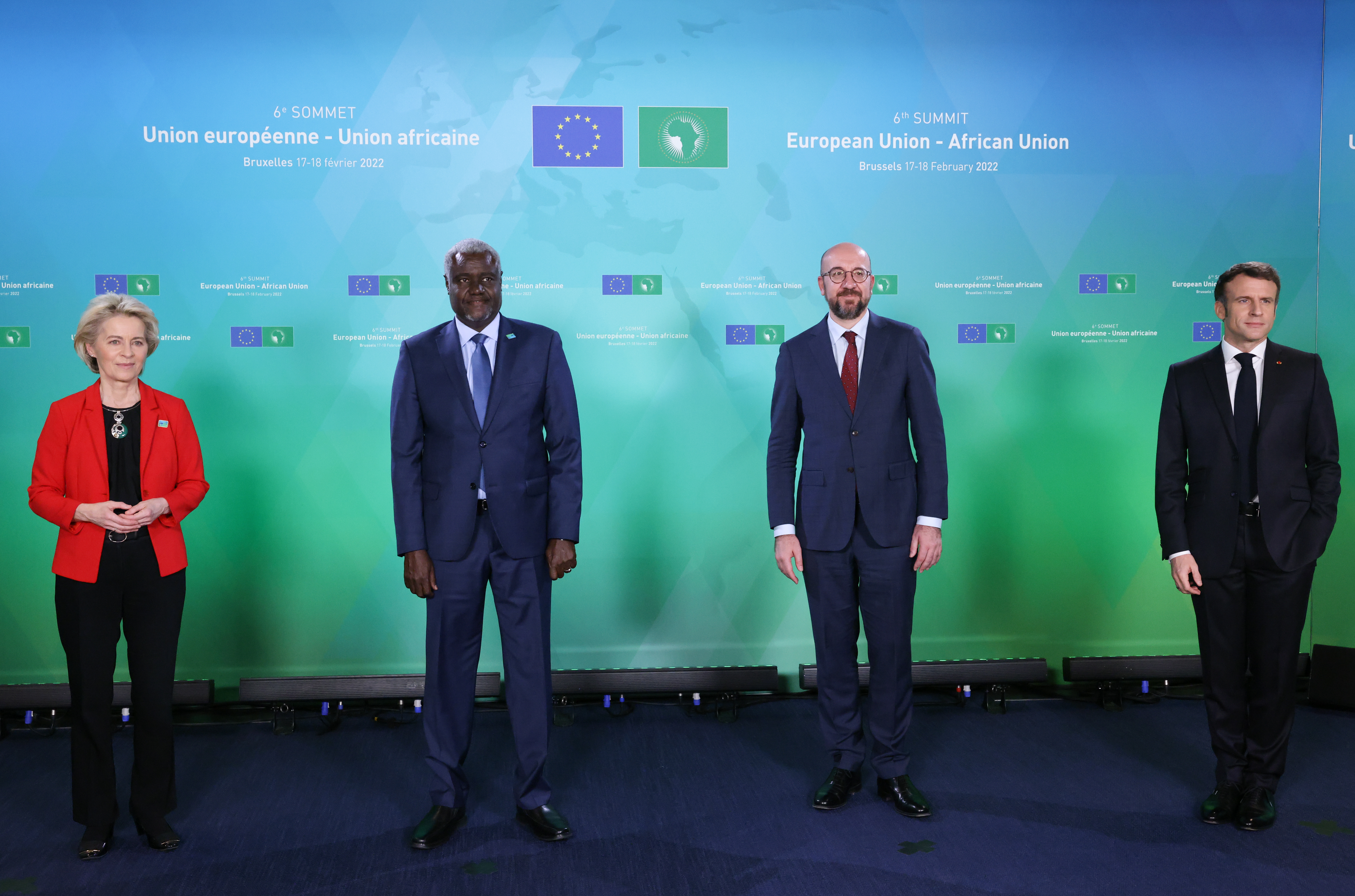Published on: March 18, 2022
What is the EU Global Gateway initiative?
- The European Commission aims to invest in connectivity with a €300 billion investment plan
- Half of the Global Gateway investment is to be deployed in Africa
- The Global Gateway initiative is changing the role of the EU in Africa vis-à-vis China

In December 2021, the European Commission presented its Global Gateway strategy: a €300 billion investment plan for strengthening Europe’s position in the world. The Global Gateway strategy is seen by many observers as a counterweight to China’s Belt and Road Initiative (also known as ‘‘the New Silk Road’’).
China and Europe in Africa
What is interesting is that half of the Global Gateway package is earmarked for investment in Africa. Until now, China’s investment strategy and development financing in Africa has for the most part not been competing with that of the EU, because the strategies are quite different. Research shows that China invests mostly in infrastructure projects and the productive sectors, while the EU as the world’s largest donor so far has focused on development aid invested in the social sectors such as education and health.
That is now changing, as the EU is now going to invest in infrastructure in Africa as a major part of the Global Gateway Initiative – which has ‘‘connectivity’’ as a central theme. According to the European Commission, Global Gateway "stands for sustainable and trusted connections that work for people and the planet"", aiming to "tackle the most pressing global challenges, from fighting climate change, to improving health systems, and boosting competitiveness and security of global supply chains."
EU-Africa: Global Gateway Investment Package
On February 10th, President of the European Commission Ursula von der Leyen revealed that half of the EU’s Global Gateway fund will be invested in Africa. The investment involves many economic sectors, including transport infrastructure, technology, research and innovation, digital transition, biodiversity, agri-food, health, education, energy transition, climate resilience, sustainable raw materials, youth mobility and supporting entrepreneurship.
The first Global Gateway funding has already been committed: A 1.6 billion euros investment in Morocco’s digital and renewable energy transitions. The EU will attract further private investments in Africa by sharing investment risks with partners, using guarantees and blended finance.
How the Global Gateway funding works
The investment funds come from Member states, European investment banks and EU funding. The biggest funds will be:
- €145 billion from EU financial and development finance institutions such as the European Investment Bank (EIB)
- €135 billion from the European Fund for Sustainable Development+ (EFSD+), which offers guaranteed investments for infrastructural projects (2021-2027)
- InvestEU, Interreg, Horizon Europe
Is this for you ?
The EU’s funding landscape can sometimes feel overwhelming. Which type of funding programmes are there? Where do you start if you want to apply for EU funding for your organisation? Time & Place Funding is there to help you with every step along the way. With unparalleled access to the EU institutional world and years of experience in getting funding, we help businesses identify and get EU funding, build the proposal, form and run the consortium, coordinate the project and provide training on funding and project management. Want to know more? Feel free to contact T&P Funding’s CEO Kjeld Olesen.